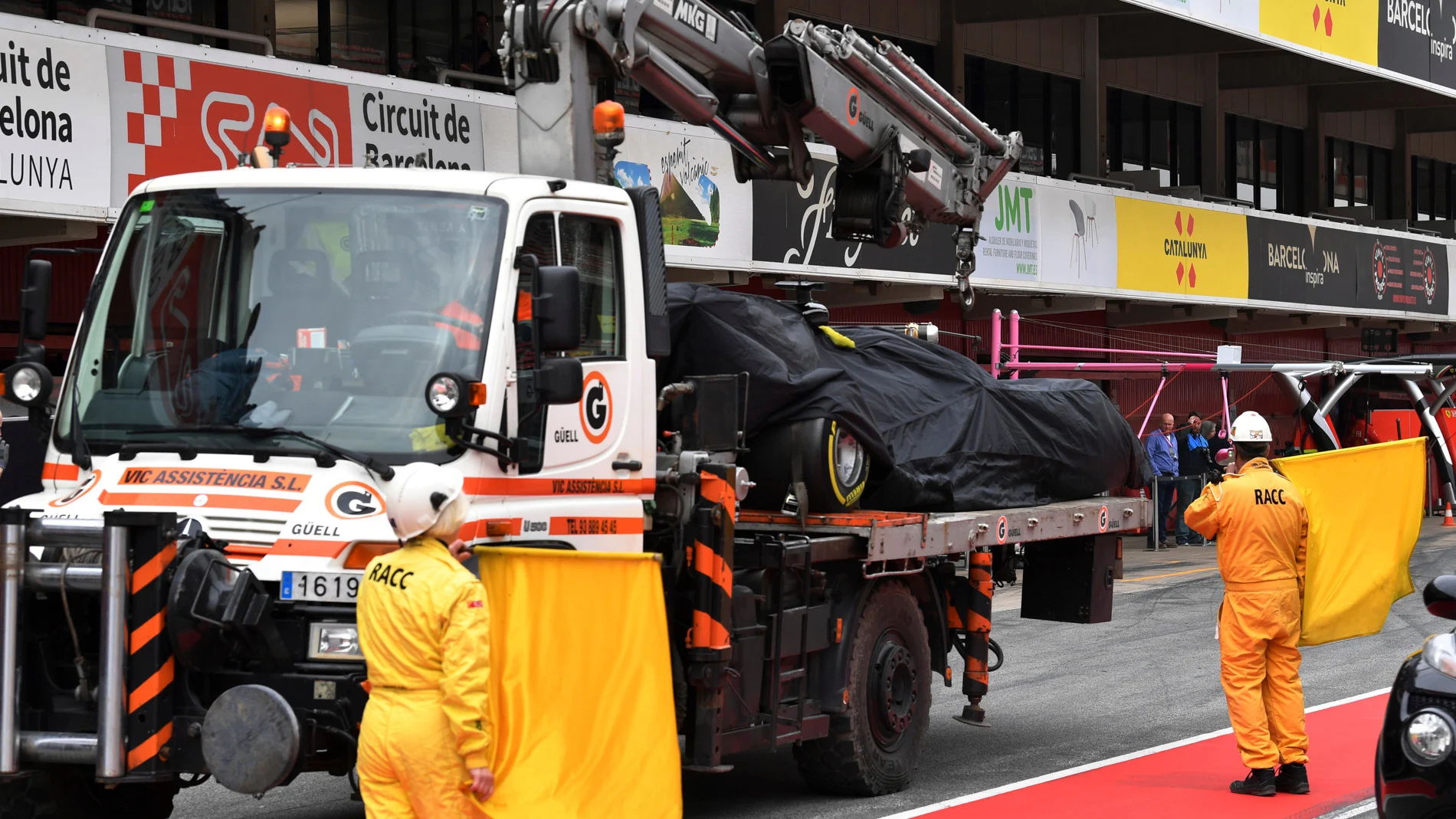You’re sitting on the pit wall during pre-season testing when your car stops out on track. It’s gutting – but what happens next?
From the moment the car goes off, we’ll usually know about it almost instantaneously, because we’ve got real-time telemetry. Then you’ll usually get a little bit of information back from the driver. Sometimes they can be very clear about what’s happened, and sometimes they just doesn’t understand it.
At that point, kind of a parallel process goes on. There’s a crew that’s gone out to collect the car and bring it back on a truck. Depending on the damage, there’ll be certain amounts of remedial work that will go on to repair that. At the same time, the driver is coming back in the medical car.
Concurrently, we’ll then have all the various ‘-ologists’ and analysts who are all looking into their bit of the car. And then there’ll usually be someone like the chief engineer or a systems engineer who’s trying to coordinate that body of work and trying to pick up all the various bits of information. So they might go chat to the transmission person who’ll say, ‘The gearbox was definitely working perfectly’, so you can eliminate certain parts of it as you go along.
Testing explained: Rob Smedley on flow-vis paint
Sometimes you can’t get to the bottom of it, and then you start to investigate a little bit more what the driver’s done. That’s usually the job of the performance engineer. They’ll be looking at the data and say, ‘Compared to the lap before, the driver braked at the same point’ or ‘He braked 10 or 15 metres later’. It may not still be apparent, so you’ll go and get circuit TV – we’ve got what’s called the ‘follow-me cams’, which effectively is just CCTV around the circuit. Teams will quite often be running some sort of camera analysis system on the car, too, so you’ll quite often try and get that off the car and understand it. And at some point, you’ll arrive at a fairly concrete conclusion as to what’s happened.
Now if that’s a driver mistake, that’s easy, we just have to fix things and we get back out. Mistakes happen, everybody’s human. If it’s a mechanical fault on any of the car systems, then we need forensic, detailed analysis of how that could have happened, why it could have happened, and the team won’t be prepared to send the car back out until it’s fully understood – safety is paramount.
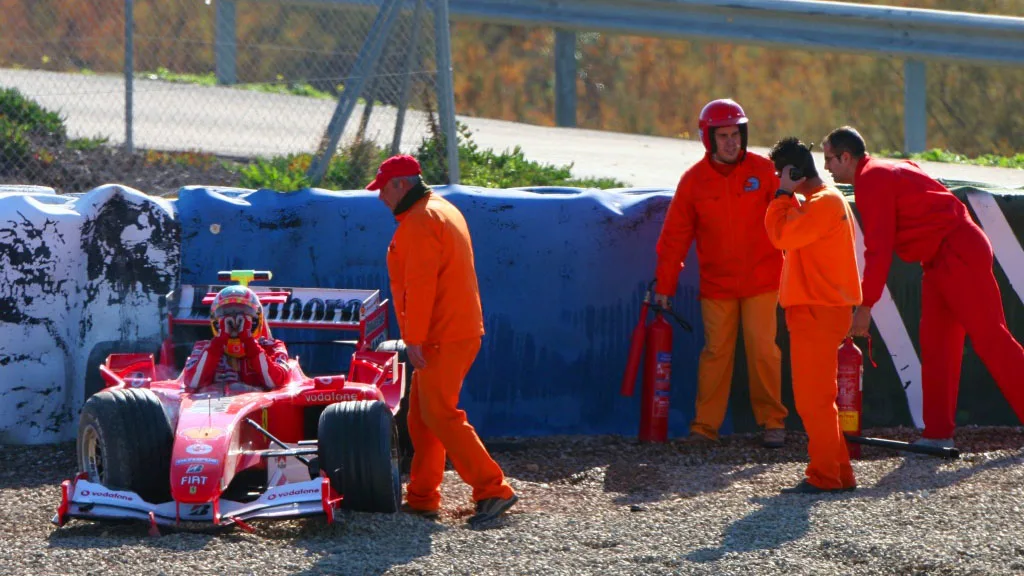
If the driver’s had a shunt and broken a chassis, that’s usually a massive problem. A lot of the teams will only have one chassis for winter testing, although some of the bigger ones may be able to rely on a second. If the accident has caused a structural, and therefore a safety, problem on the chassis, that can halt winter testing until you can do something about it, usually getting the chassis repaired rather than getting a new one. Then you can have situations where you might have only one front wing, for example, and if you break that front wing, you’re not going to go back out until you’ve repaired it, and that can sometimes take the best part of 24 hours.
Testing explained: Rob Smedley on aero rakes
Then I’ve had situations in winter testing where the car’s come back with just one tyre still attached and a broken chassis, and that’s quite disheartening for everybody involved, and a lot of work. You’ve not only got to do the analysis of what’s gone on but you’re also trying to get new parts flown out, you’re trying to rebuild the car as soon as possible, you’re trying to understand and make sure you’re not sending the car out in an unsafe condition. You can get parts flown out to the circuit from the factory, but that usually involves private planes and all that kind of expense to get them out to the local airport and get them on the car at the earliest possible moment.
So sometimes understanding and rectifying a crash can be a five-minute job. Sometimes it can be a day’s job. But all of it causes a lot of disruption in the team, because don’t forget, the team back at the factory aren’t just concentrating on what’s going on in winter testing; usually they’re working flat-out to get everything ready for Australia, and after Australia, and the second race, and so on and so forth, so any kind of damage or disruption that you’re doing in winter testing is definitely putting your development and race programme back. So the best advice is… avoid it!
Next Up
Related Articles
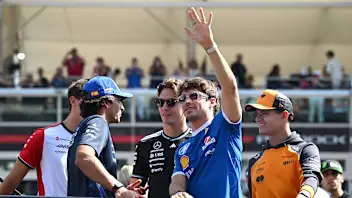 All the 2026 F1 driver numbers confirmed in full
All the 2026 F1 driver numbers confirmed in full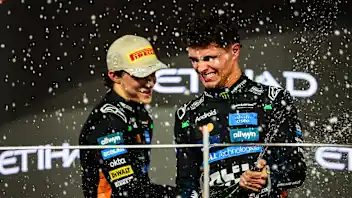 The key moments of an unforgettable 2025 season
The key moments of an unforgettable 2025 season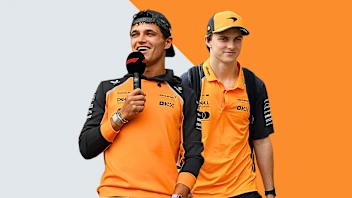 End Of Year Reports 2025McLaren’s best and worst moments from 2025
End Of Year Reports 2025McLaren’s best and worst moments from 2025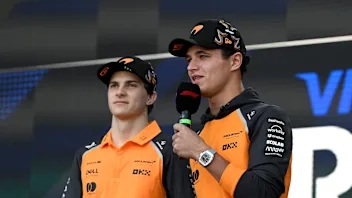 Piastri not expecting Norris’ title to change dynamics
Piastri not expecting Norris’ title to change dynamics.webp) Unlocked‘We have a lot of hopes’ – Vasseur on Ferrari's 2026
Unlocked‘We have a lot of hopes’ – Vasseur on Ferrari's 2026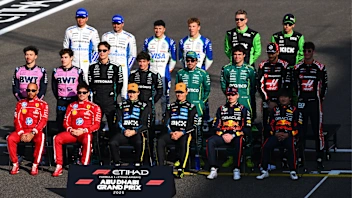 ExclusiveThe top 10 drivers of 2025 – as chosen by the drivers
ExclusiveThe top 10 drivers of 2025 – as chosen by the drivers
